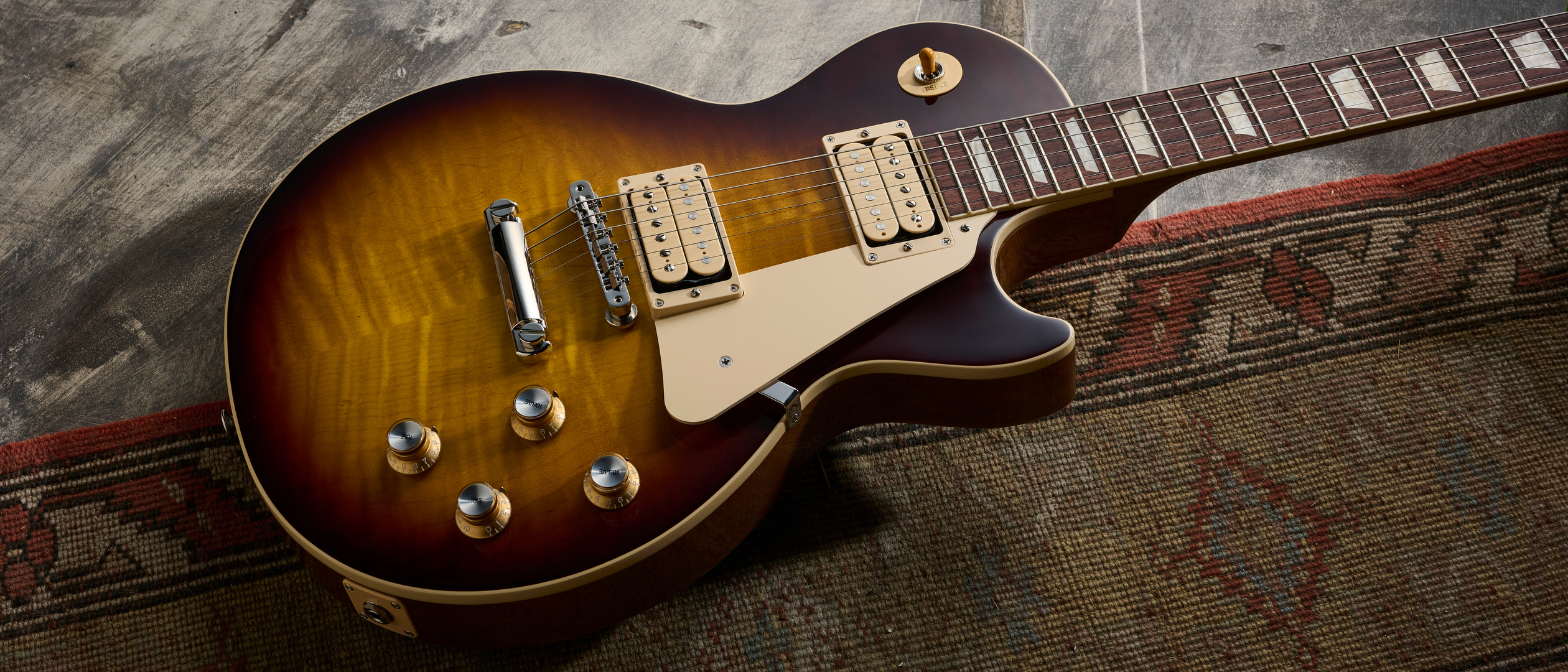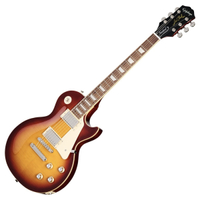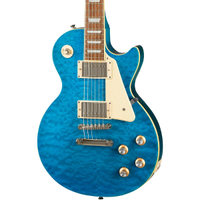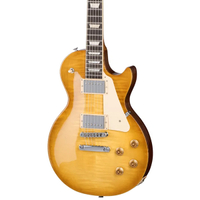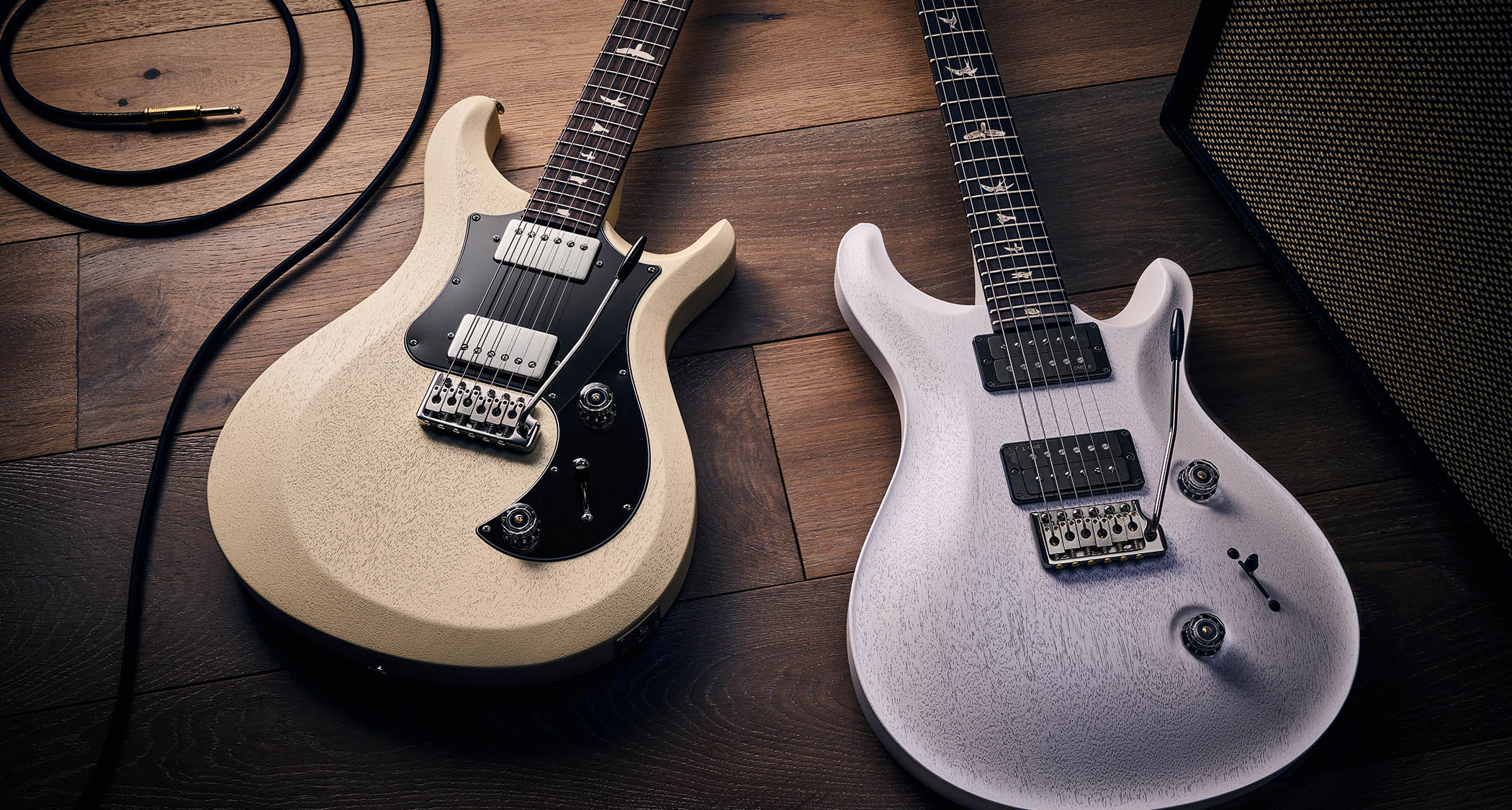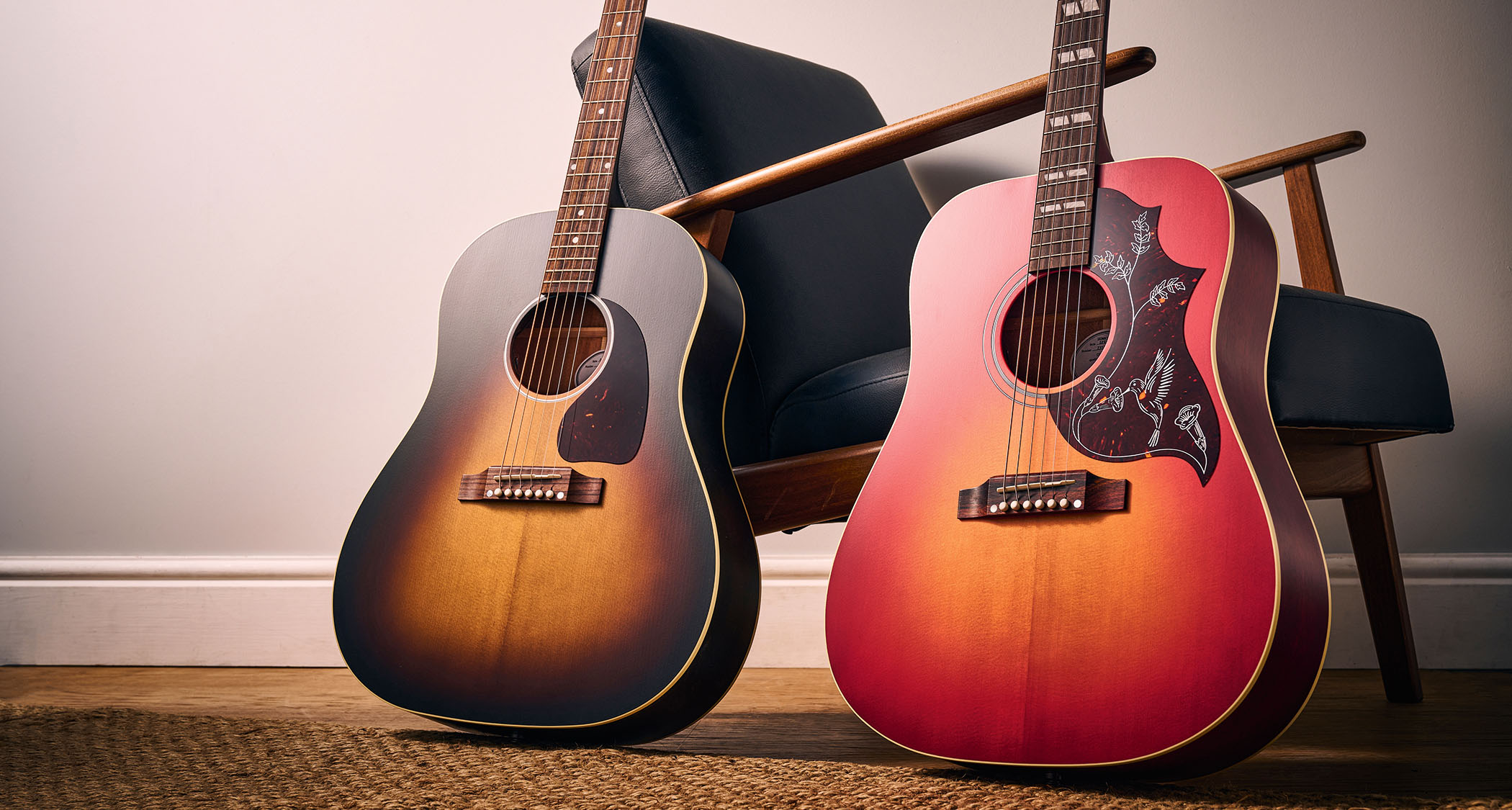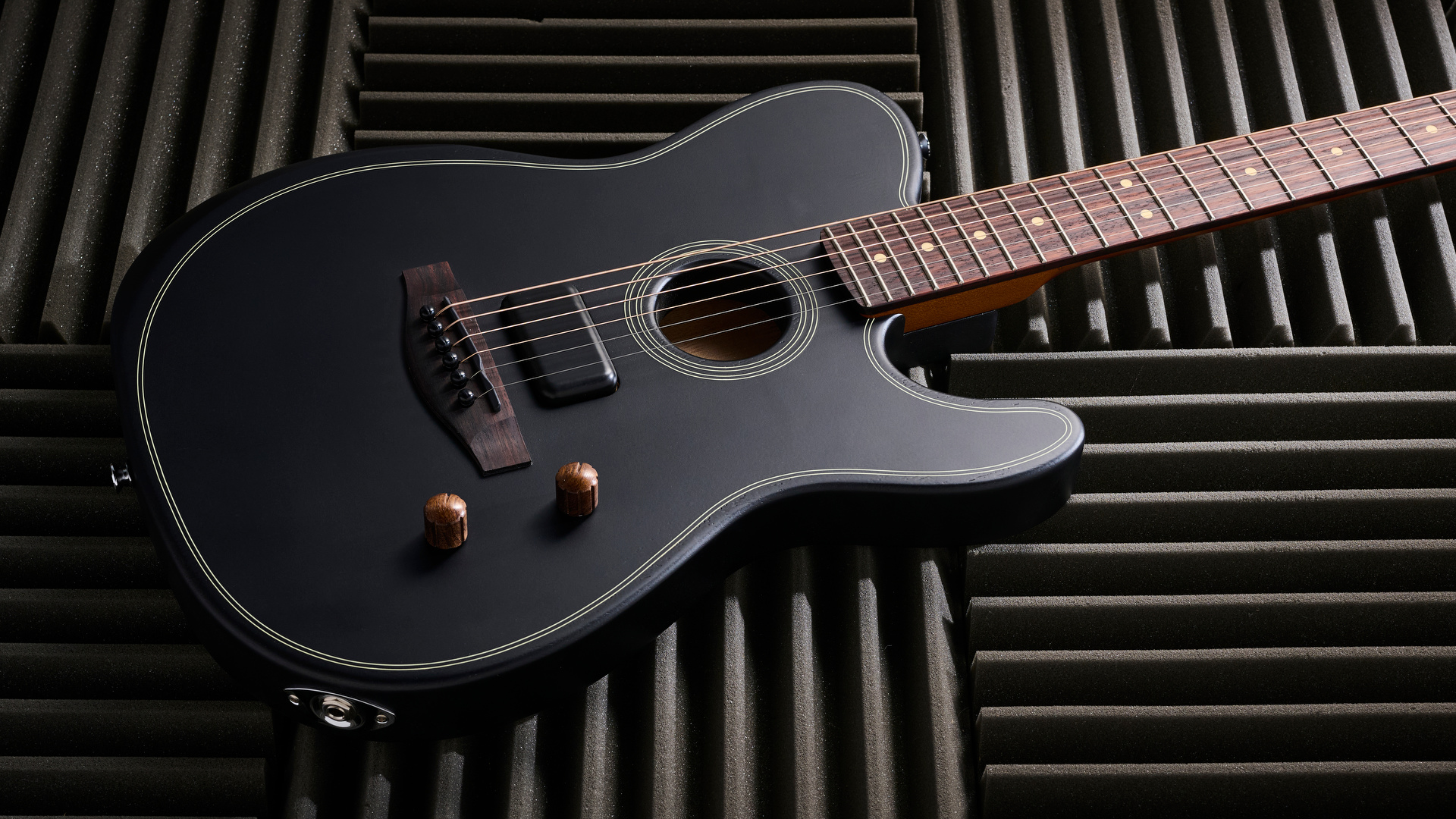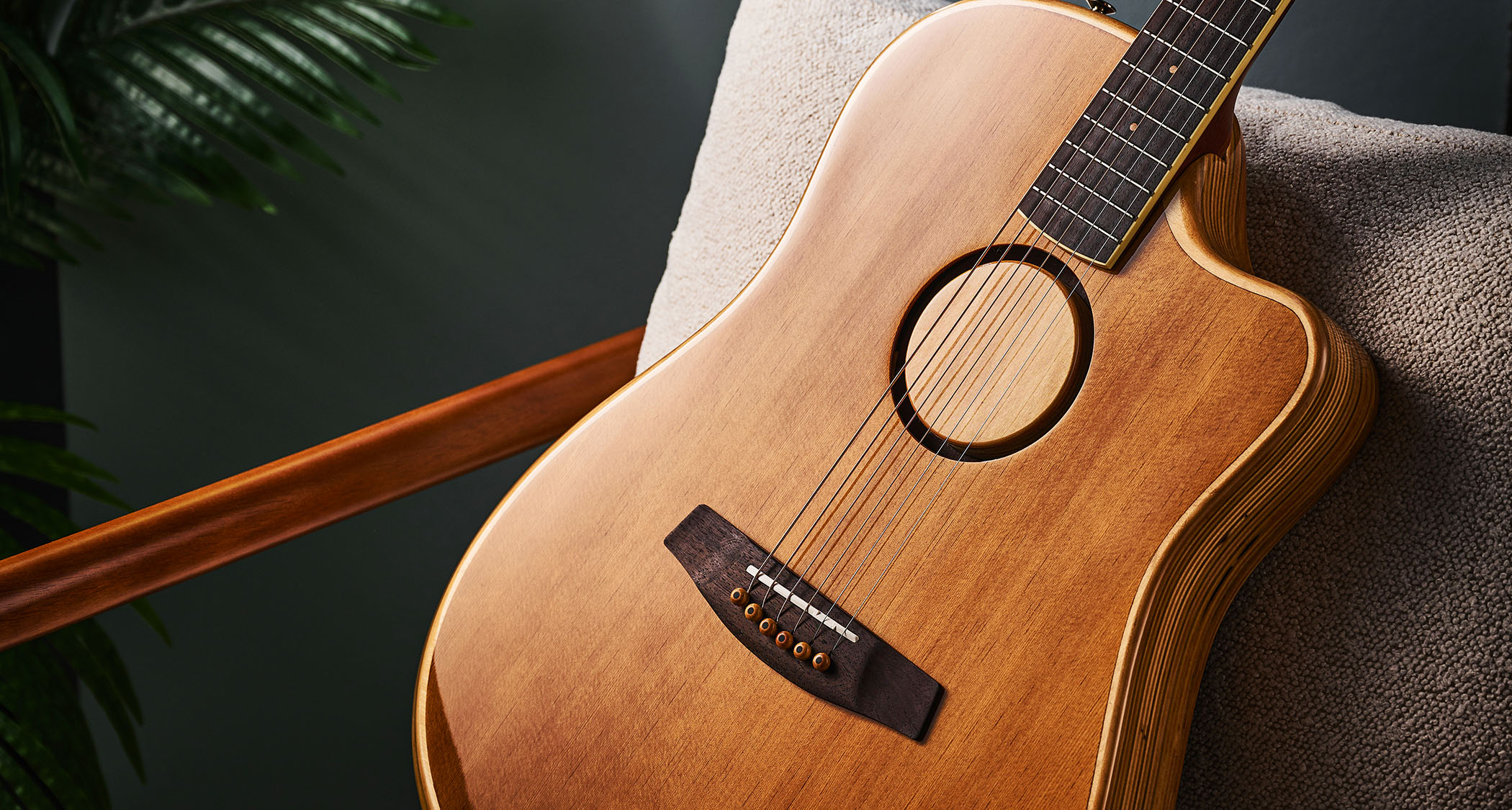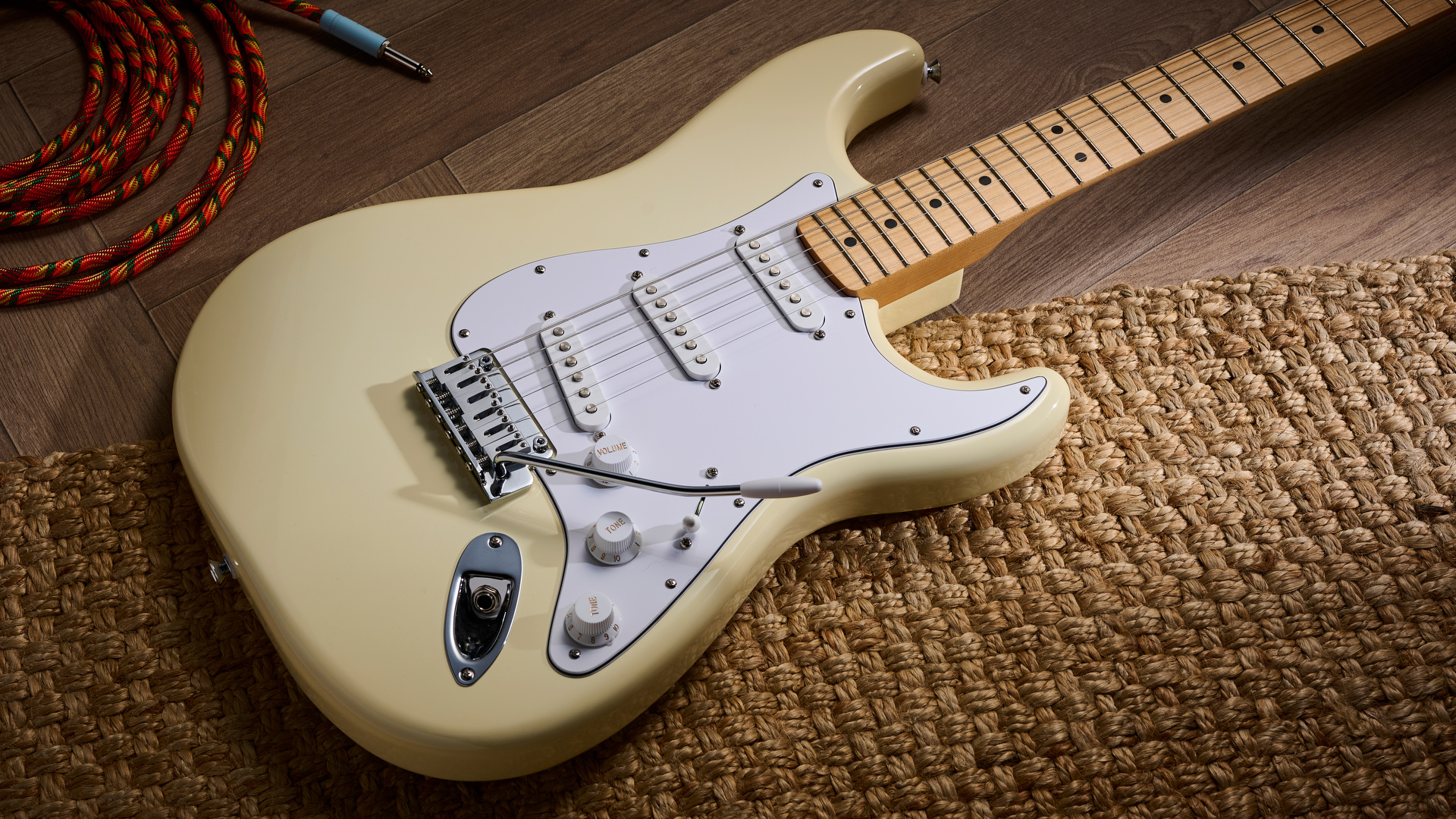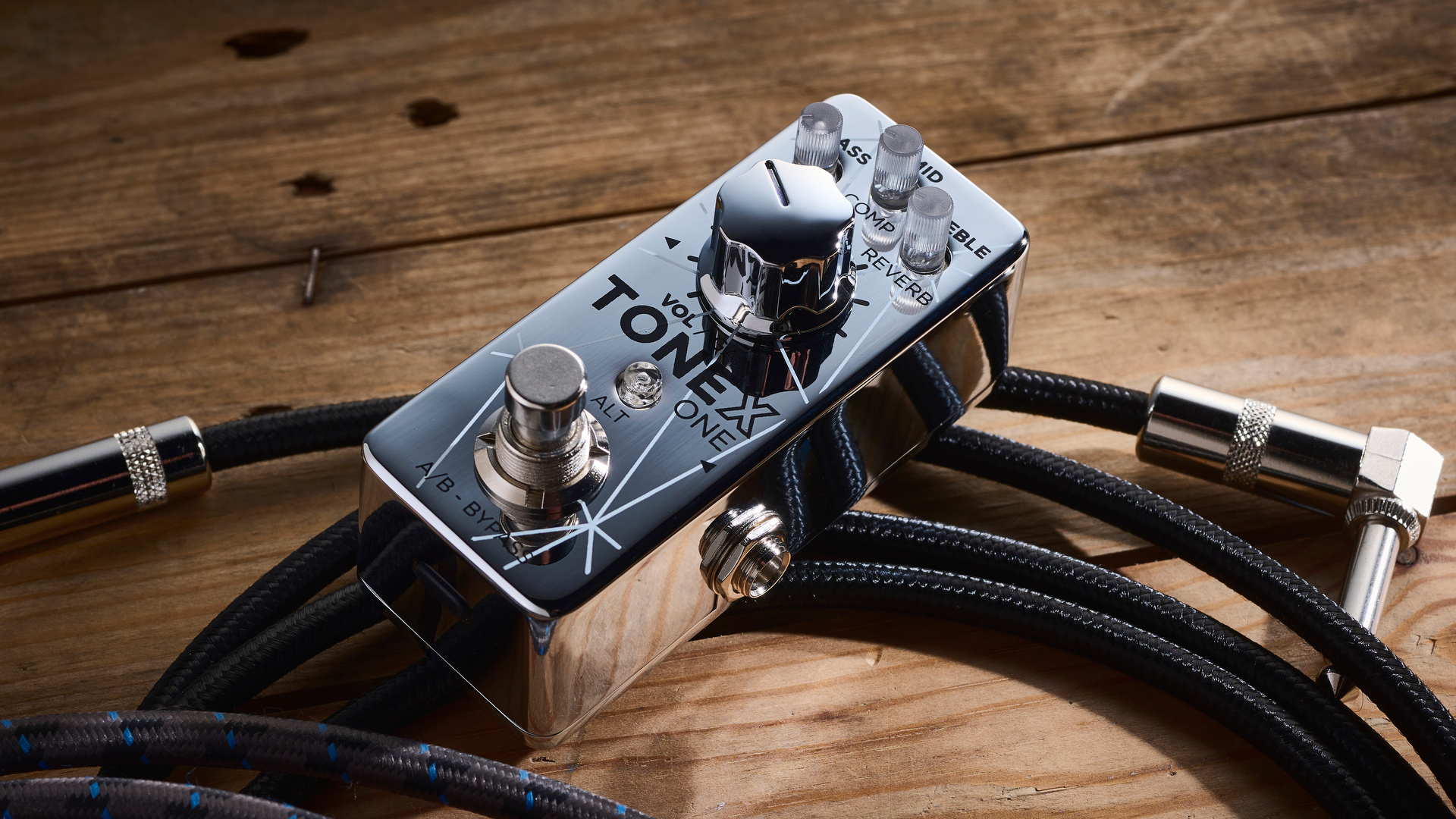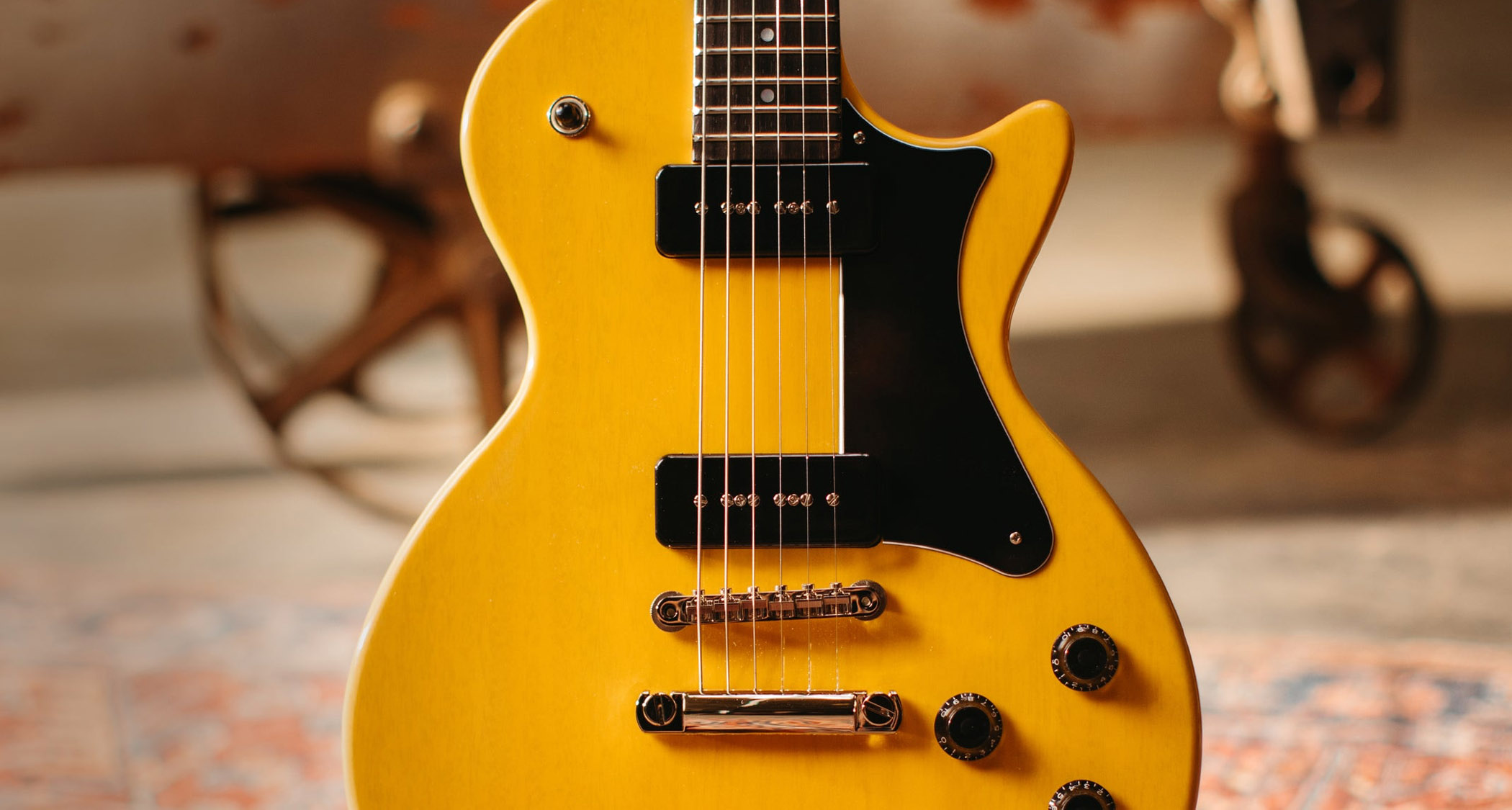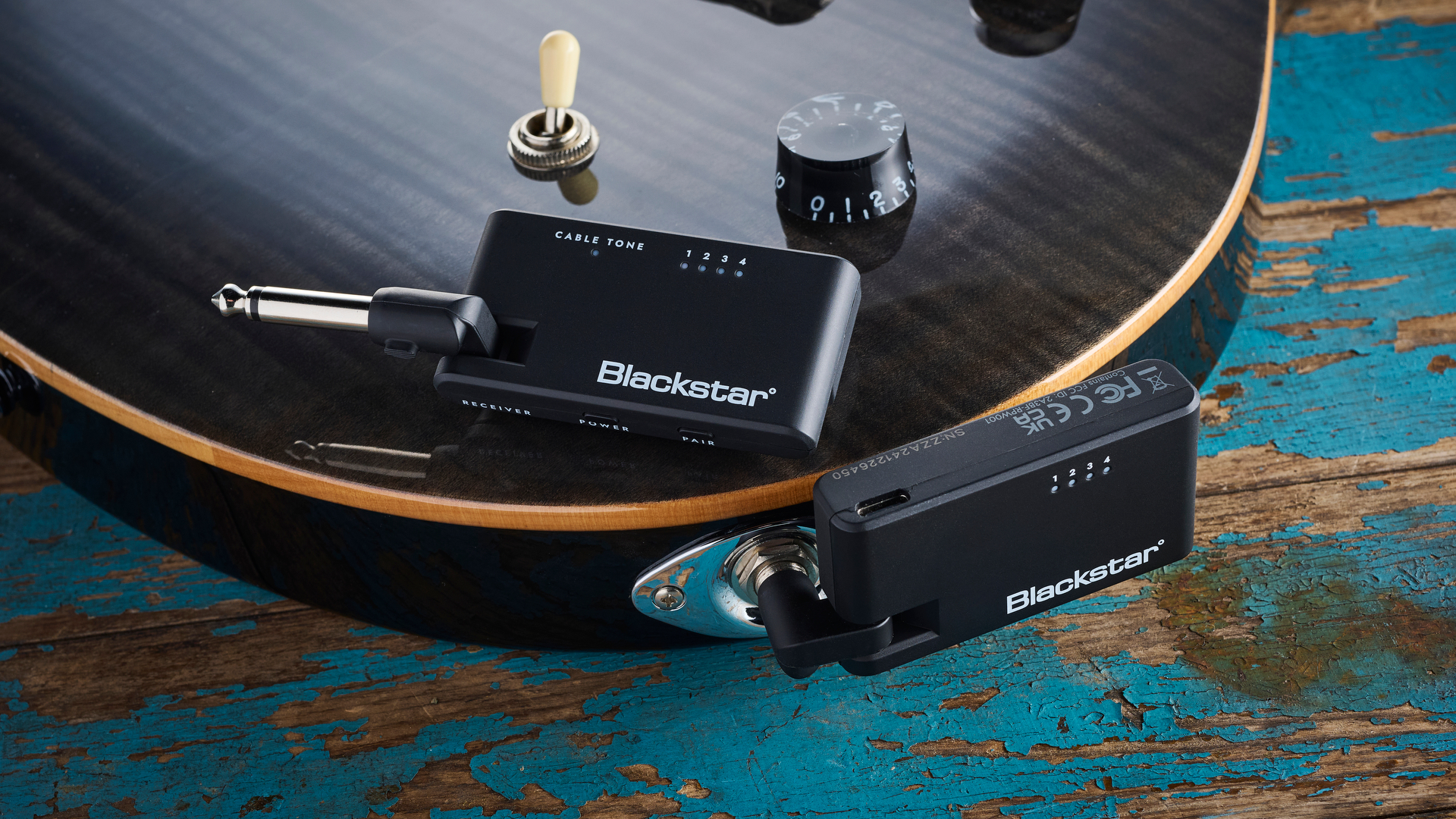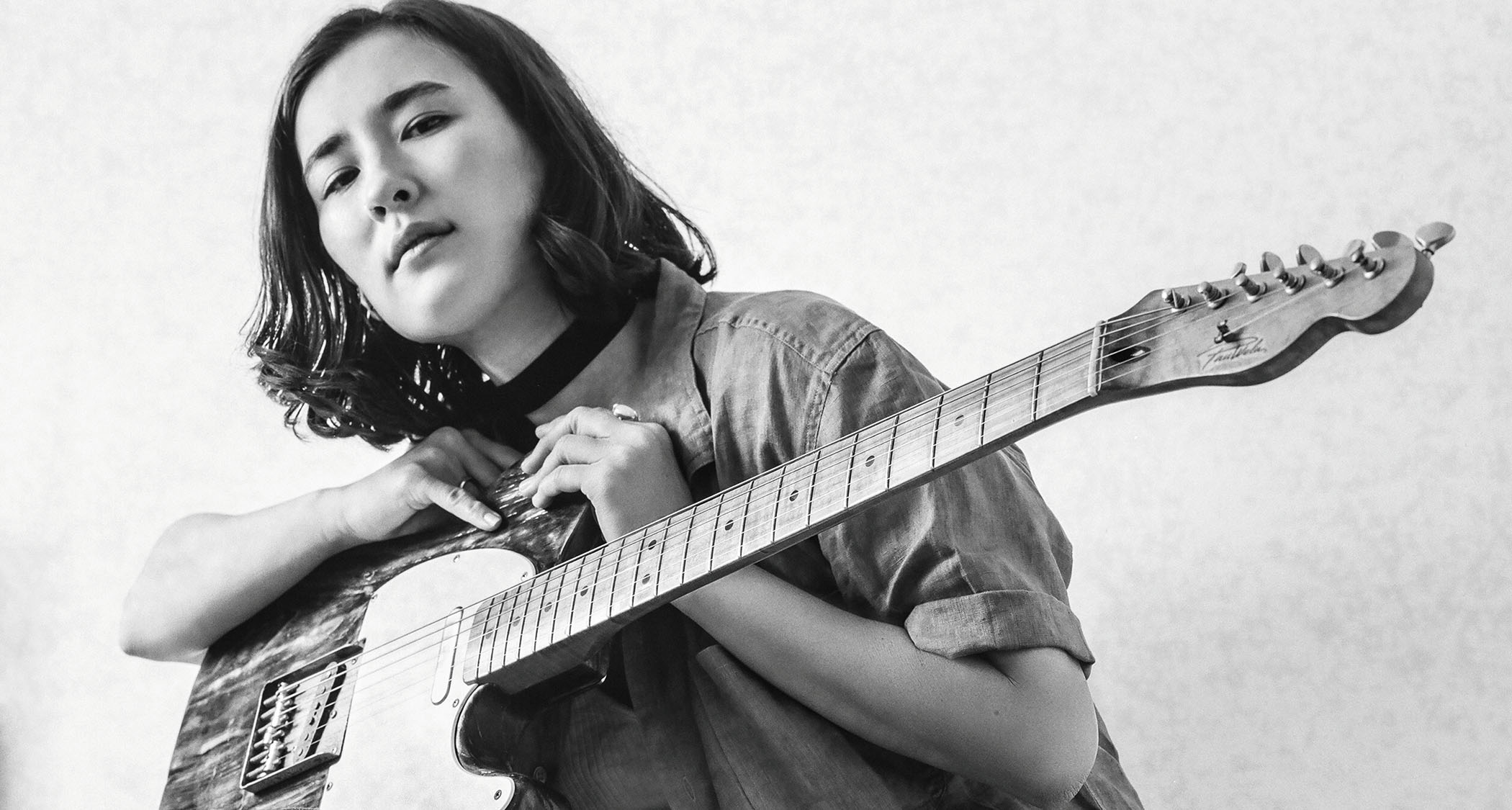Guitar World Verdict
A Les Paul doing Les Paul things and doing them brilliantly well. Sporting some limited edition aesthetics suited to those looking to own something a little different, whilst sticking with a traditional vibe
Pros
- +
Killer Les Paul Sounds
- +
Plays brilliantly well
- +
Limited edition
Cons
- -
Expensive
- -
A little wooly on the neck pickup
You can trust Guitar World
What is it?
Being the decades in which guitar tone originated, it is no wonder that the sounds curated in the '50s and '60s are still relevant, and by extension, so too are the guitars. Joining the stable of instruments that recreate said tones are a pair of Les Pauls - the Gibson Les Paul Standard 50s Double Trouble and 60s Double Trouble. The name here seems to be a rather spicy reference to Gibson and DiMarzio’s ongoing legal battle, but what do we get out of it?
The answer is a limited run of 2000 guitars, four finishes across the two models with 500 in each finish. Both models are very similar to the Gibson Les Paul Standard 50s and '60s, with a few aesthetic differences in the ‘Classic White’ color of the uncovered pickup bobbins and a slightly faded finish. For this review, I'm checking out the '60s variety in Vintage Tobacco Burst.
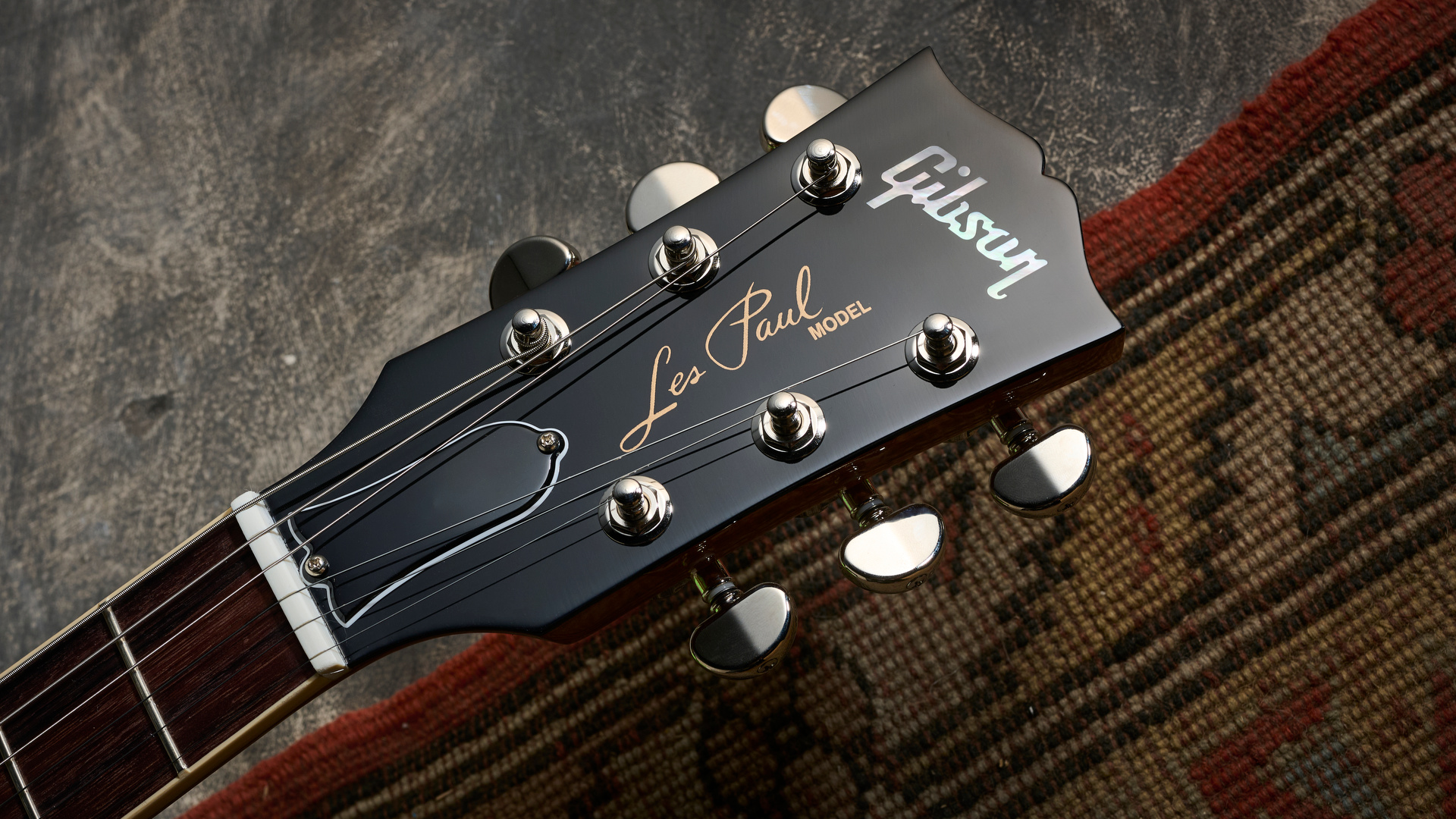
Specs
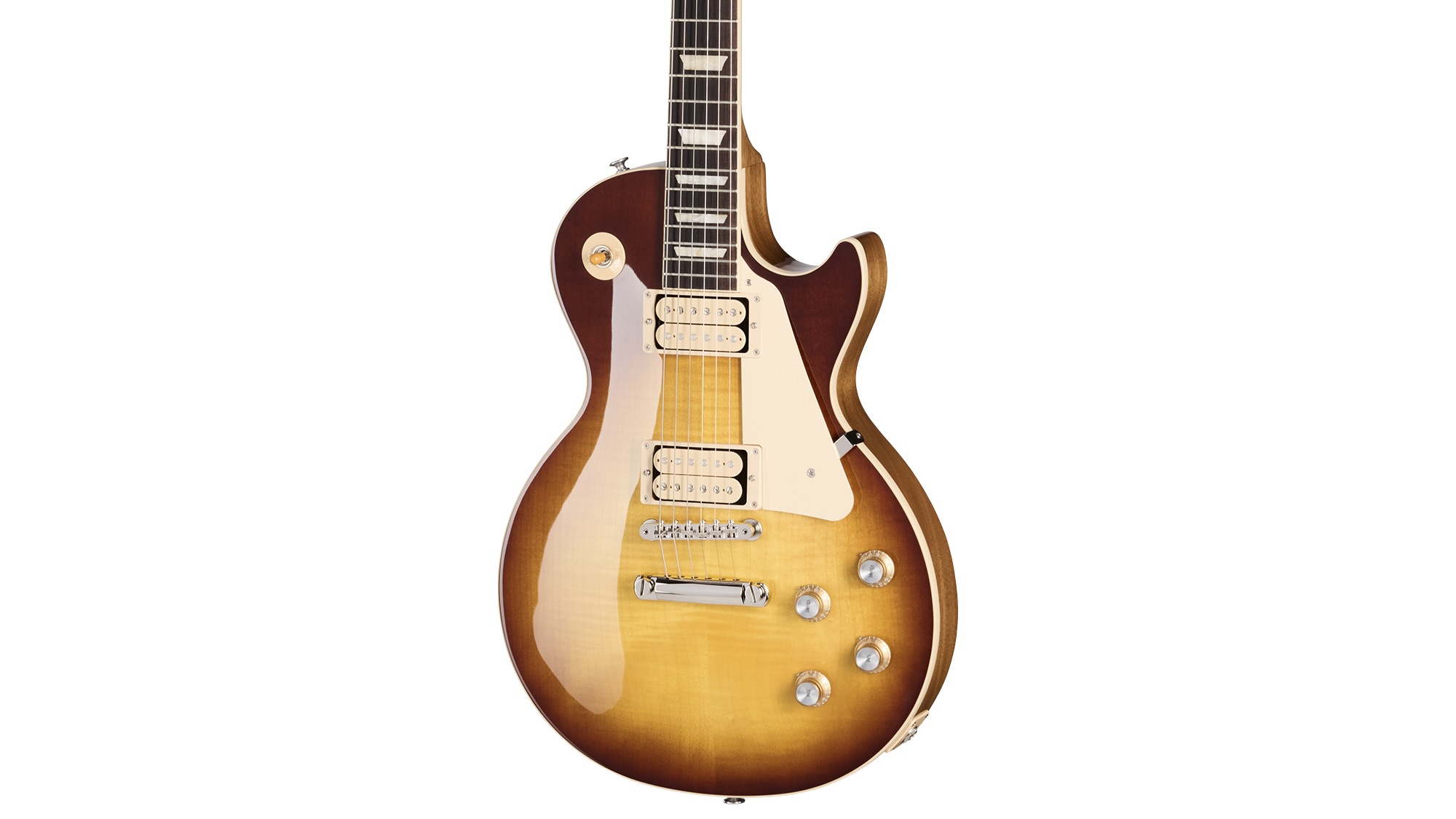
- Launch price: $2,799/£2,499/€2,899
- Made: USA
- Type: Six-string electric guitar
- Body: Mahogany with AA figured maple top
- Neck: Mahogany, SlimTaper
- Fingerboard: Rosewood
- Scale length: 24.75"/629mm
- Nut/width: Graph Tech, 43.053mm
- Frets: 22, medium jumbo
- Hardware: Grover Rotomatic Tuners, ABR-1 Tune-O-Matic bridge
- Electrics: Burstbucker 61T (bridge), Burstbucker 61R (neck), 3-position switch, 2x volume, 2x tone controls
- Left-handed options: No
- Finishes: Vintage Tobacco Burst, Vintage Heritage Cherry
- Cases: Gibson hardshell case
- Contact: Gibson
Build quality
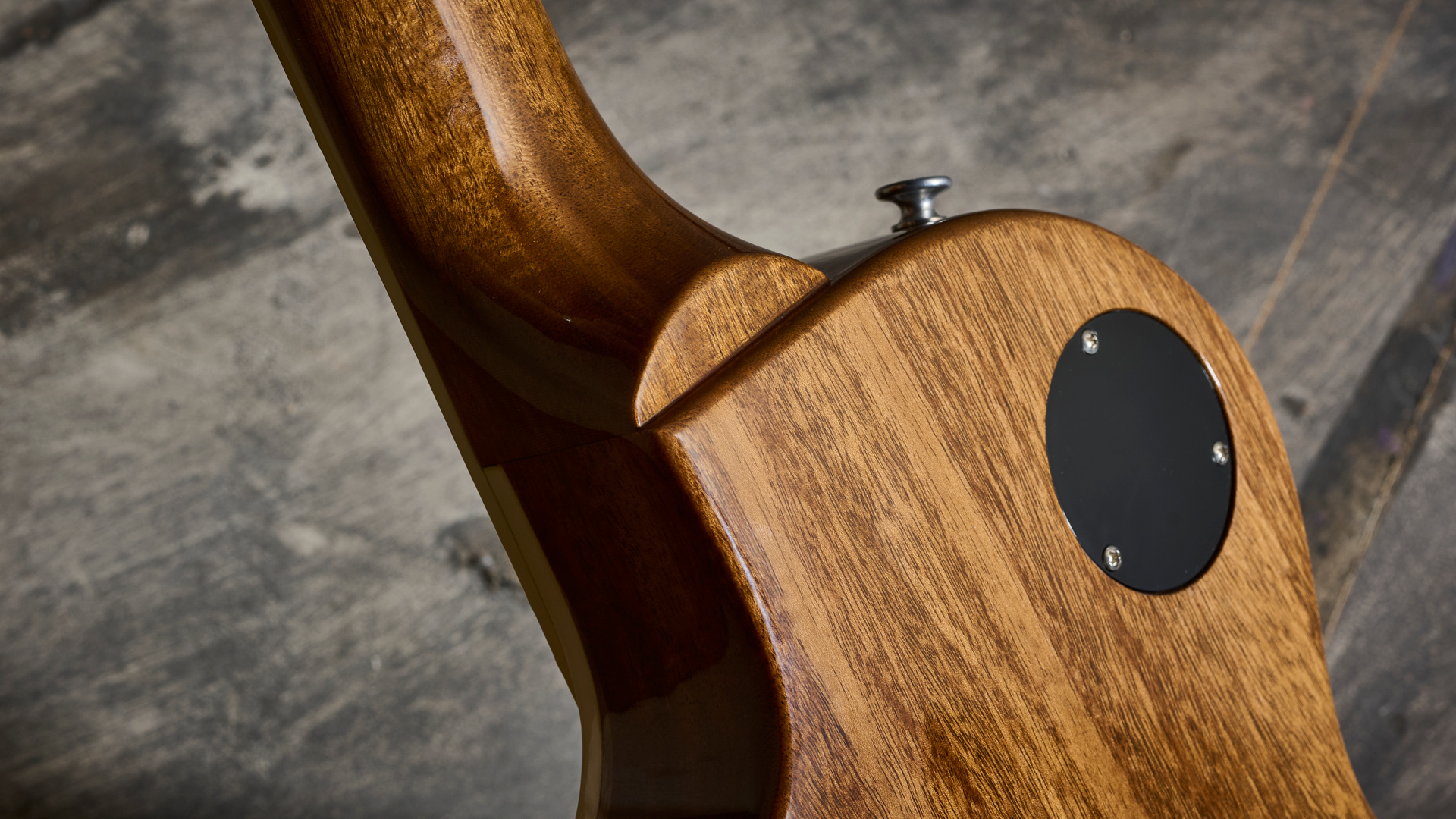
Build quality rating: ★★★★½
A place where Gibson has previously taken some flak, there is very little to complain about with the build quality here. Present is the expected mahogany body with a maple cap and the AA top is particularly lovely on this model, with the nicely book-matched figuring popping through. The slightly faded nitrocellulose finish may not be to everyone's taste, but personally, I appreciate it.
The medium jumbo frets are finished well, lending themselves to a smooth feel under the fingers, and the Grover Rotomatic tuners work as you would expect. Often criticized for a lack of tuning stability, I spent a while wailing on the test model in a way that would knock most guitars out of tune, but the Les Paul 60s Double Trouble did not budge.
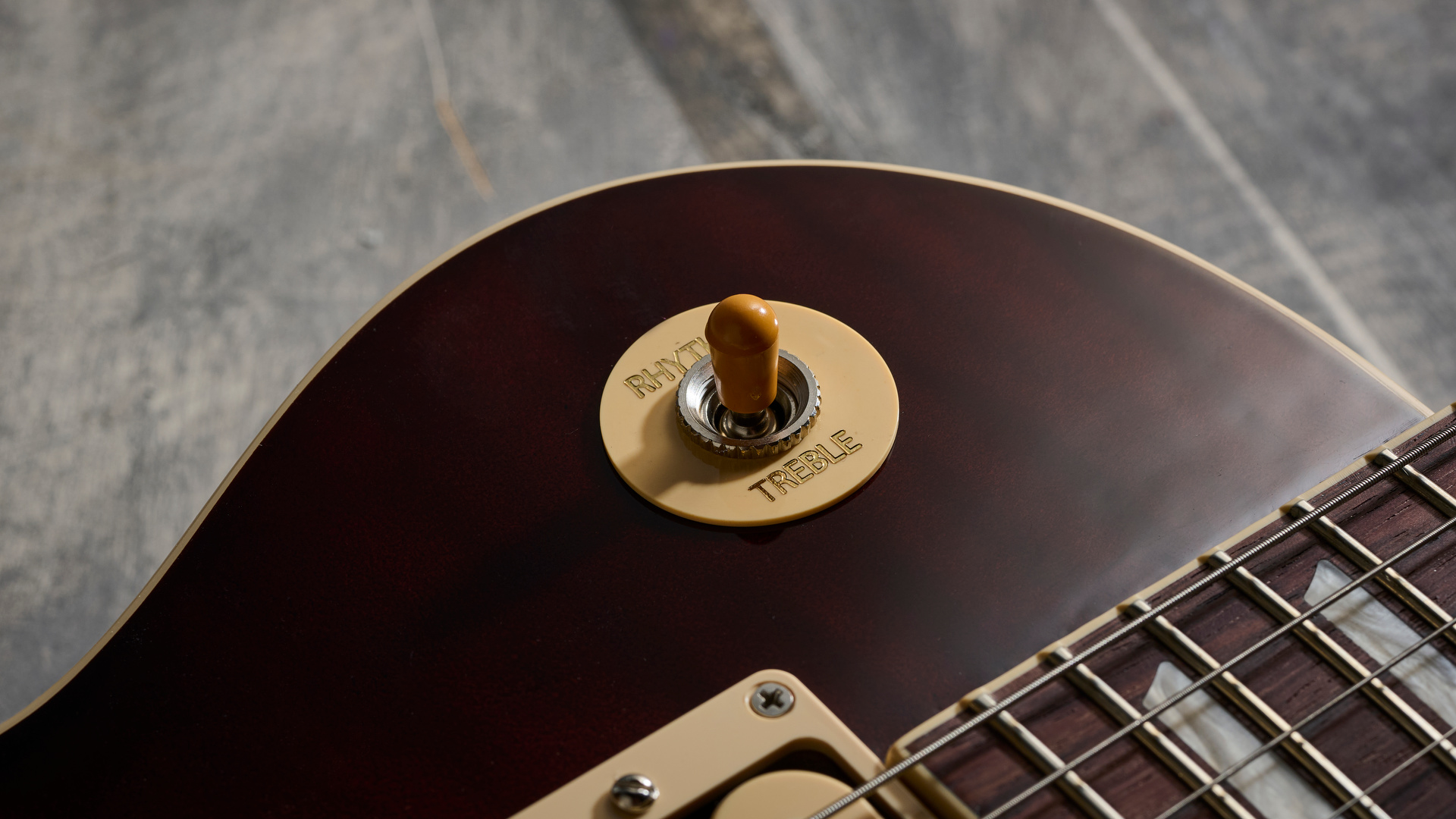
The pickup selector is a small issue as it rotates a little in place. It's not the only Les Paul I have seen this happen on and is an easy fix by tightening it up, but I would expect it to be a little more robust. Particularly on a box-fresh guitar at this price point.
Playability
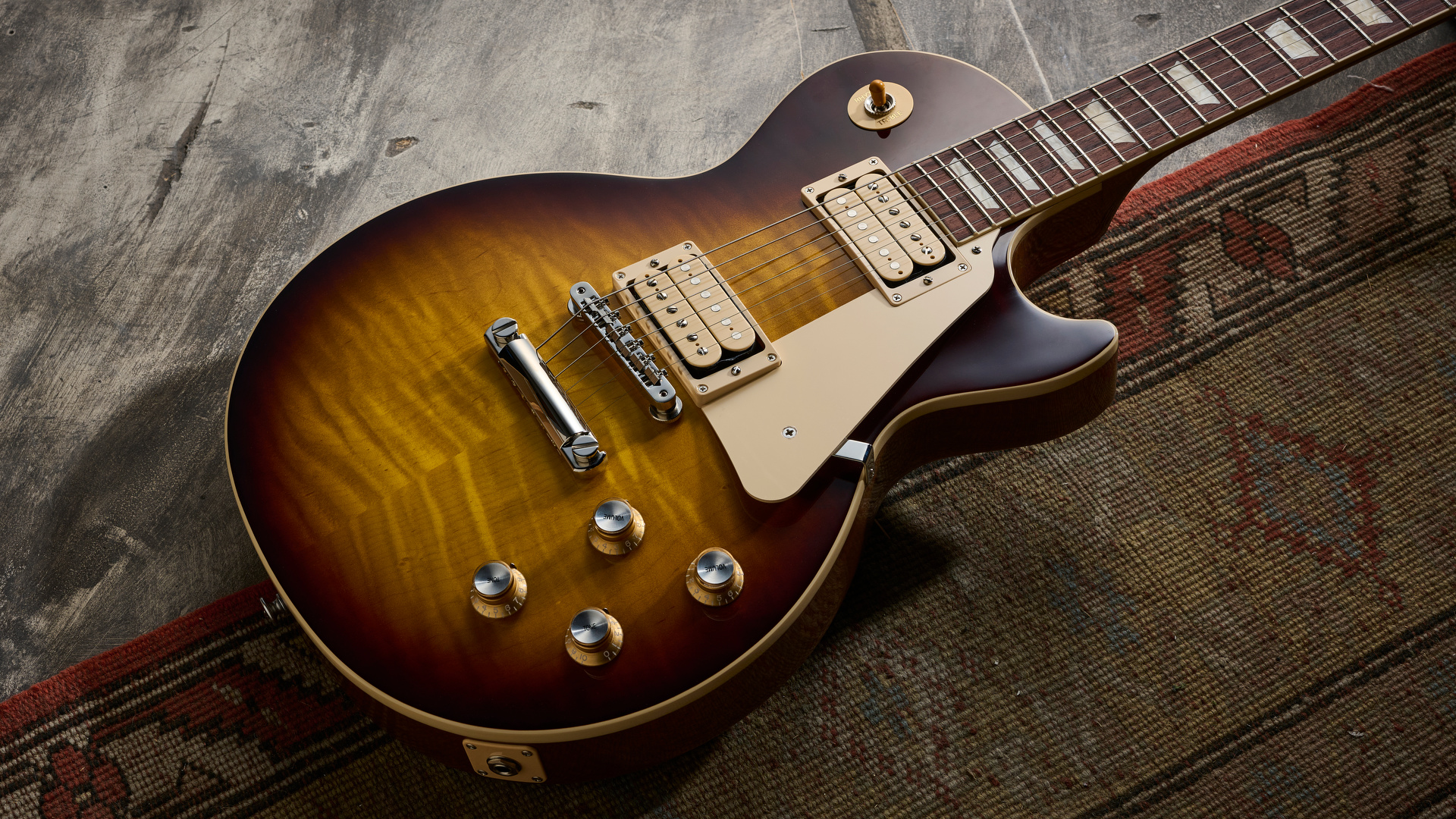
Playability rating: ★★★★½
All this spec means nothing without a decent setup, and I can happily report that the test model is indeed in good sted here
Sticking with the traditional spec required by the ’60s title, we have Gibson's ‘Slim Taper’ neck profile and a 12” fretboard radius as expected from a Les Paul of this ilk. Whilst being far from modern shred territory, these specs give the guitar a relatively speedy yet traditional feel.
All this means nothing without a decent setup, and I can happily report that the test model is indeed in good sted here. A relatively low action and lack of any buzzes or unwanted noise make this a smooth playing experience. The intonation was ever so slightly off on both the E strings, but that is the only minor and completely fixable complaint.
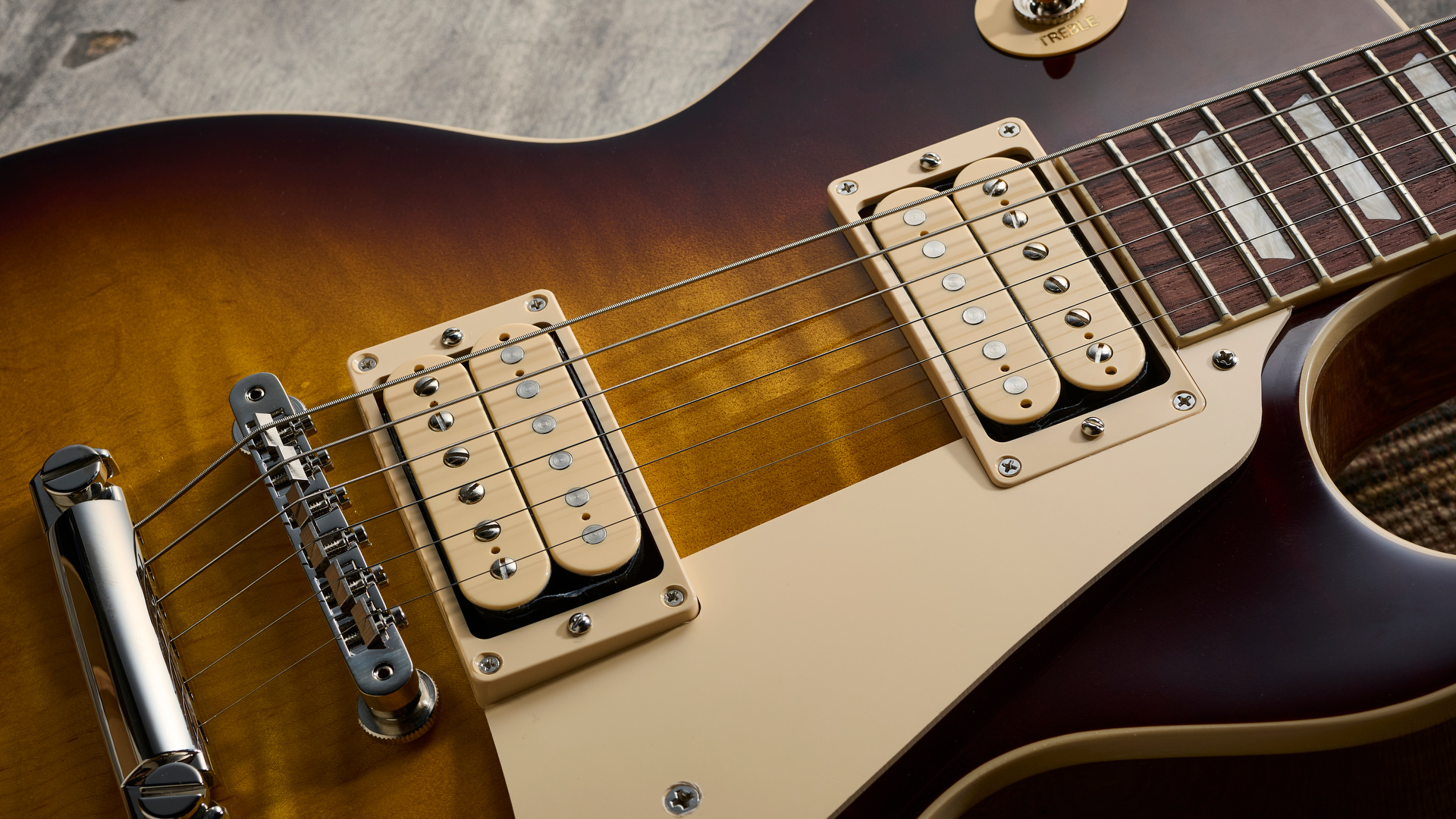
The downside of traditionally spec’d models is the lack of modern acoutrements that make guitars more playable. Compound radius', carved heel joints, and satin necks all have their place (arguably, a satin neck is justifiable within traditionally-inspired models with the consideration of wear and tear), but really this is preference territory, and Gibson provides these preferences via its ‘Modern’ range. The general truth is that this is a well set-up guitar that plays brilliantly.
Sounds
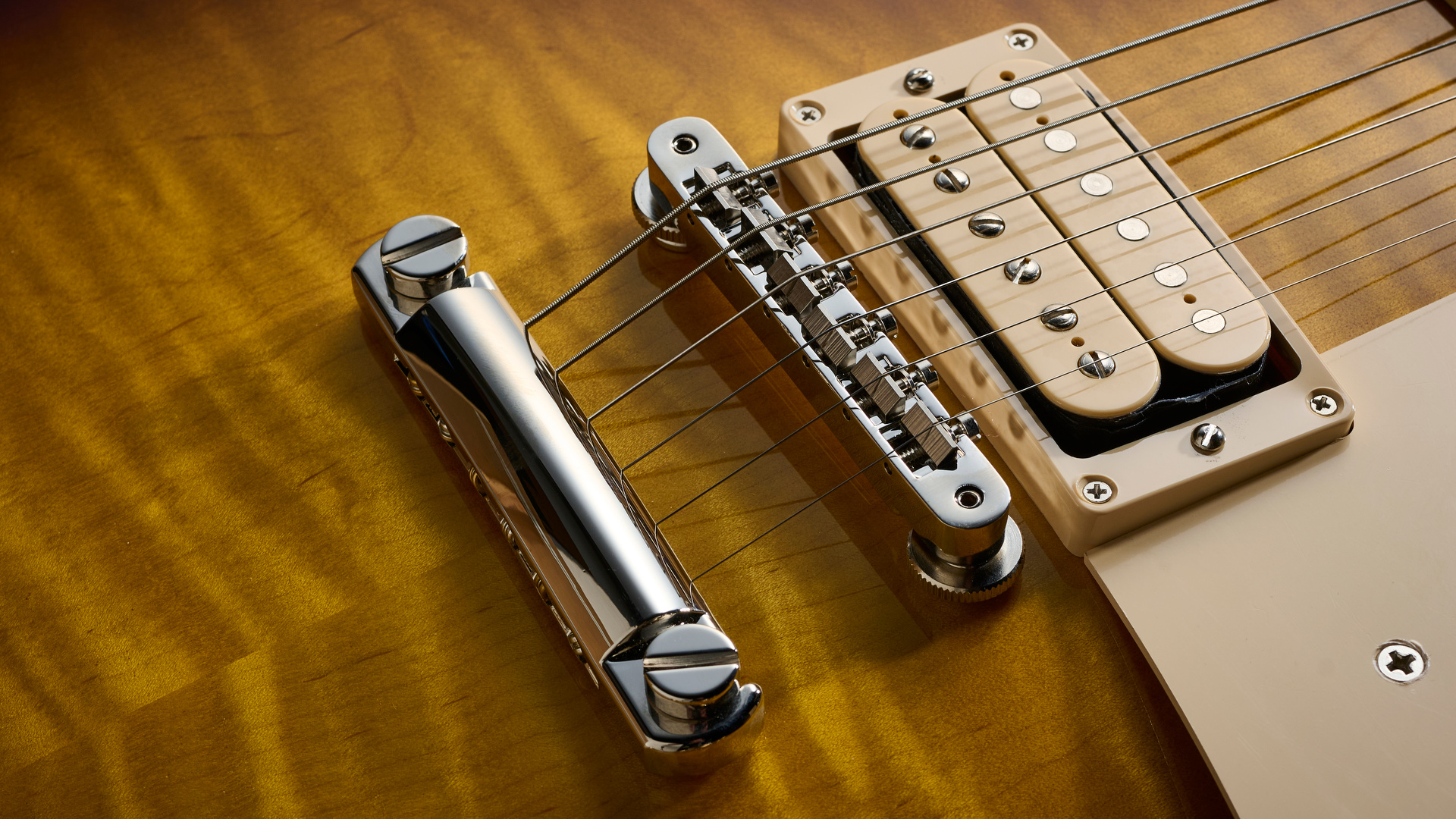
Sounds rating: ★★★★½
I could sum this section up in one sentence. The Gibson Les Paul '60s Double Trouble sounds like a great Les Paul.
Present is a Burstbucker 61T in the Bridge and a Burstbucker 61R in the neck. Adorned with Alnico V magnets, these are relatively aggressive-sounding pickups that give the guitar a fair bit of bite and a decent level of output.
The bridge pickup in particular was addictive as I played through the gambit of light blues riffs up to hard rock, the clarity maintained by the aforementioned bite as I turned the gain up.
The neck position I found to be a little bit wooly. However, back off the volume just a touch and that woolliness gets cleaned up and the pickup really starts to sing, especially effective when working with an overdriven sound that you want to clean up a bit.
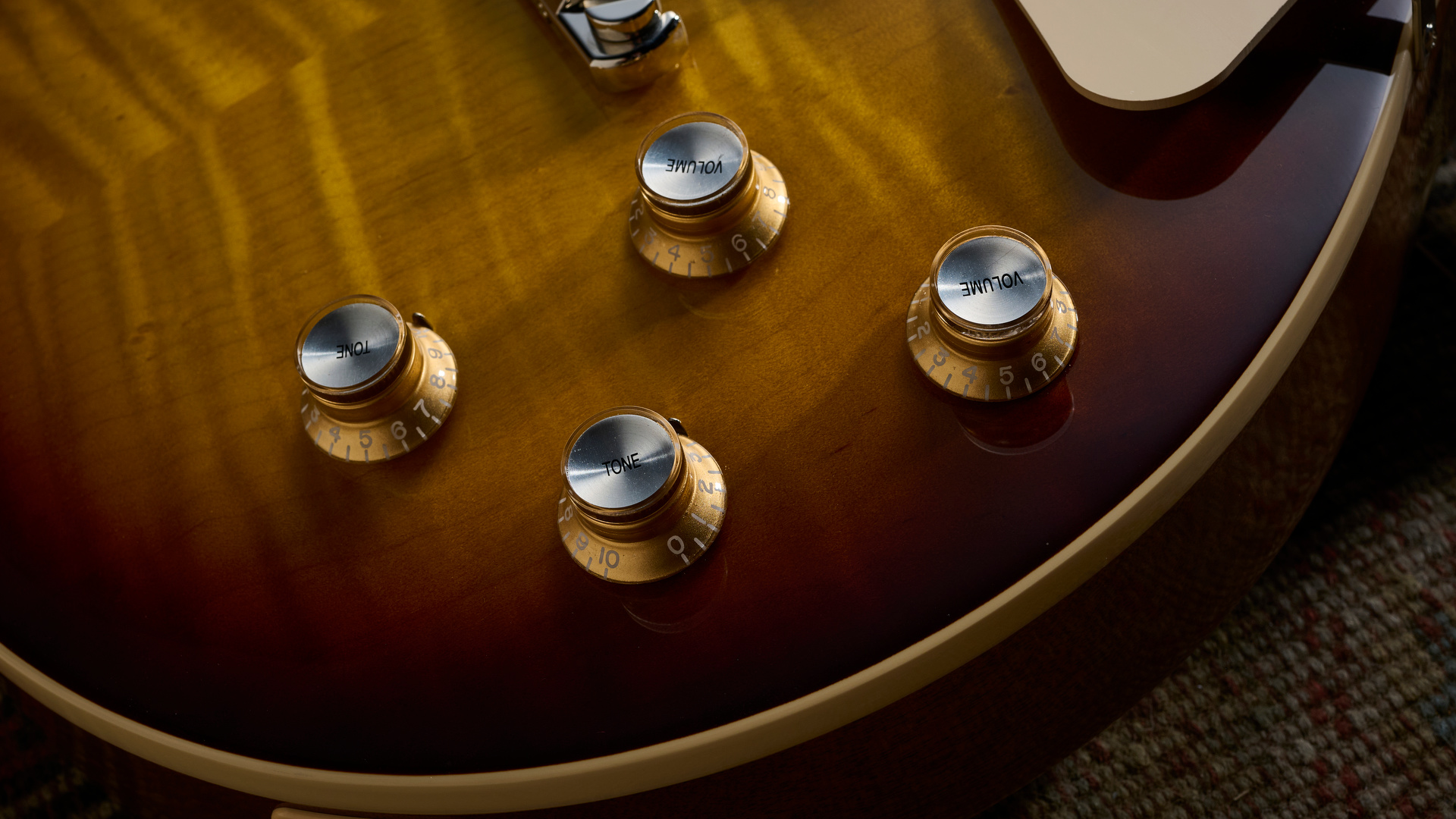
I could sum this section up in one sentence. The Gibson Les Paul 60s Double Trouble sounds like a great Les Paul
When compared to my Gibson Les Paul Classic with similar pickups installed, the Double Trouble is, interestingly, a notably warmer guitar in a way that doesn’t compromise on that bite. To put a fine point on it, this, in my opinion, makes the Gibson Les Paul 60s Double Trouble sound like the step up that the price difference between the two indicates it to be. That, plus a little extra for its merits as a limited edition model.
Verdict
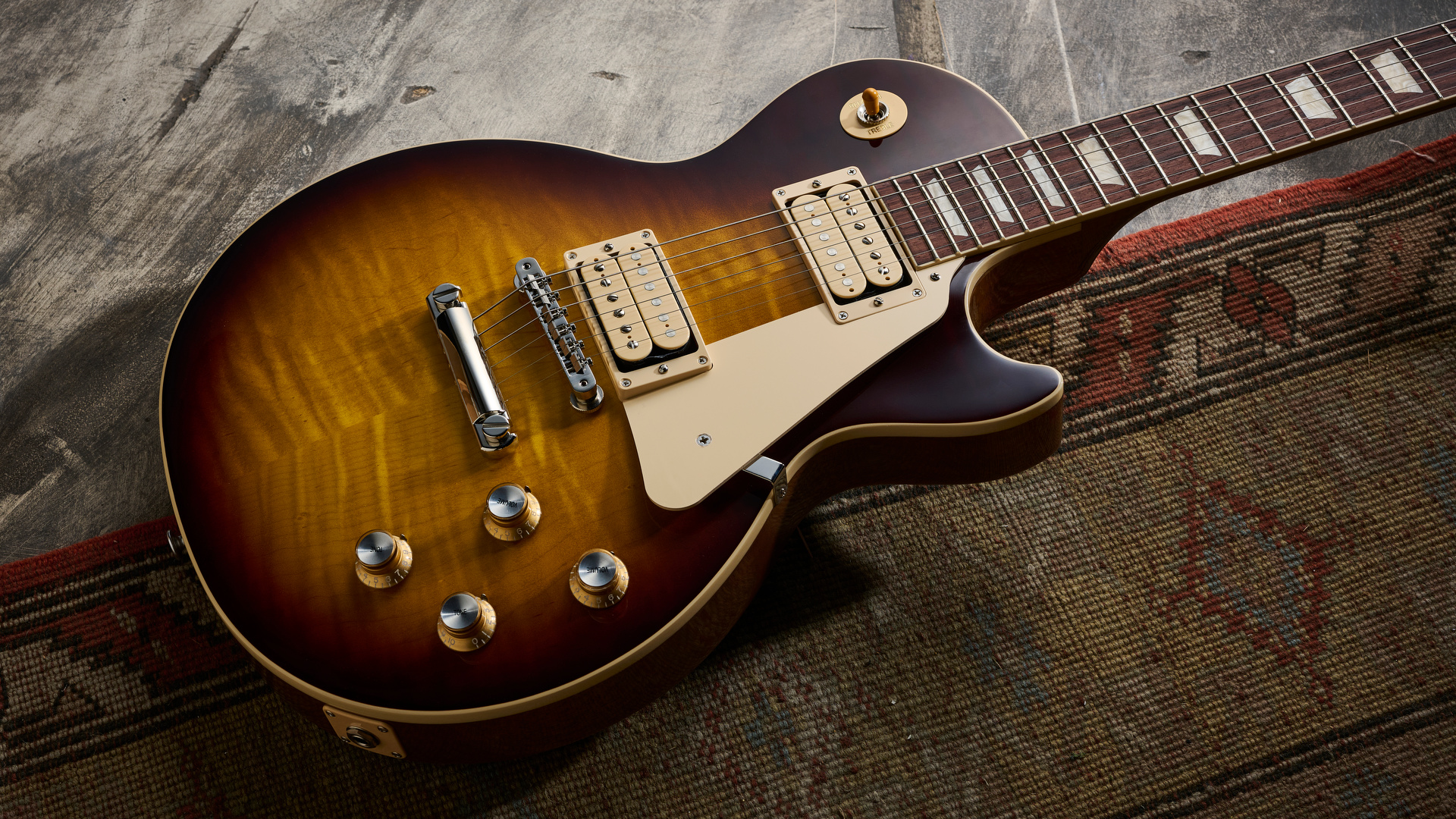
A traditionally spec'd, workhorse machine that sounds like a Les Paul should
Underneath the limited edition aesthetic, the foundation of this Gibson Les Paul Standard 60s Double Trouble, is a traditionally spec'd, workhorse machine that sounds like a Les Paul should. Despite a few minor and easily fixable issues.
The nature of limited edition obviously means parting with a little more cash. But if you are someone who (understandably) gets a kick out of owning an 1 of 500 instrument, it would be hard to go wrong here.
Guitar World verdict: A Les Paul doing Les Paul things and doing them brilliantly well. Sporting some limited edition aesthetics suited to those looking to own something a little different, whilst sticking with a traditional vibe.
Test | Results | Score |
|---|---|---|
Build quality | A generally well built guitar, with a selector switch that came loose a little too easily | ★★★★½ |
Playability | Plays brilliantly and set up well, just a little adjusment needed on the intonation | ★★★★½ |
Sounds | The bite and output of a set of classic, Alnico V powered pickup | ★★★★½ |
Overall | A great Les Paul that does exactly what you would hope a Les Paul would do | ★★★★½ |
Also try
Epiphone Les Paul Standard 60s
Price $699/£599/€685
The budget-friendly Epiphone equivalent, Epiphone have long provided alternatives to the full-blown Gibsons, with excellent value for money.
Read more: Epiphone Les Paul buyers guide
Gibson Les Paul Standard 60s
Price $2999/£2299/€2499
In essence, the same guitar as the double trouble, but without the limited edition aesthetics and a slightly cheaper price
Read more: Gibson Les Paul Standard 60s
Gibson Les Paul Studio Session
Price $1999/£1899/€1949
A slightly cheaper version of a Les Paul, but don't let that fool you, the Studio Session is a serious instrument with some modern appointments and plenty of the full Les Paul experience.
Read more: Gibson Les Paul Studio Session Review
Hands-on videos
Guitar Guitar
Guitar Centre

You must confirm your public display name before commenting
Please logout and then login again, you will then be prompted to enter your display name.
“I was writing songs from eight years old, but once I got a guitar I began to deeply identify with music… building an arsenal of influences”: How Lea Thomas uses guitars her dad built to conjure a magic synthesis of folk, pop and the ethereal
“I liked that they were the underdogs. It was not the mainstream guitar. It was something that was hard to find”: Vox guitars deserve a second look – just ask L.A. Witch’s Sade Sanchez, who’s teaming hers with ugly pedals for nouveau garage rock thrills
“I suppose I felt that I deserved it for the amount of seriousness that I’d put into it. My head was huge!” “Clapton is God” graffiti made him a guitar legend when he was barely 20 – he says he was far from uncomfortable with the adulation at the time
